Driving through western NSW there’s a lot of brown.
On satellite images it looks like a suffocating puff of dust from a vacuum cleaner bag has burst across it.
Near the coast you start to see the green, but it’s deceptive. The undergrowth here is just as brown and brittle.
The danger to Sydney was outlined this week, with multiple blazes springing up near homes and businesses
This winter past has been dry, too dry for the liking of Shane Fitzsimmons.
The veteran firefighter, commissioner of the Rural Fire Service (RFS), is worried the state is heading into one of its most perilous summers yet.
About a quarter of NSW’s bushland is earmarked as at risk and large swathes of the population face a serious threat level.
“We have got the potential for a dangerous season,” Mr Fitzsimmons says soberly.
“The vegetation is very susceptible to fire, and as conditions warm up we’ll see the onset of hot, dry winds.
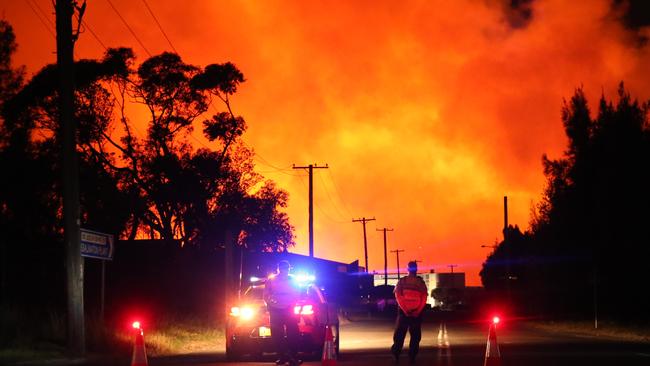
“You overlay those conditions across a very dry landscape, very dry vegetation, fires start easily and they spread quickly.”
The susceptibility of the state to bushfires was outlined this week, with blazes springing up close to homes and businesses in Sydney. In the city’s south a bushfire threatened the Caltex oil refinery at Kurnell, while to the north another sent flames licking across Lane Cove Road at Macquarie Park. Nine NSW Fire and Rescue crews and three waterbombing helicopters battled it to a standstill. In the south west at Leppington crews fought an out of control grass fire.
And we’re just over a week into spring.
Bushfire season has come early this year.
Weather forecasters say a neutral El Nino outlook threatens to make the south coast, central west and northern ranges particularly vulnerable, but, with the exception of the far north coast, projections of danger areas now encompass most of the eastern seaboard from Wilson’s Promontory to Rockhampton. On the hot spot map a great cauldron of red blots out the Sydney basin and central coast, stretching inland as far as Dubbo.
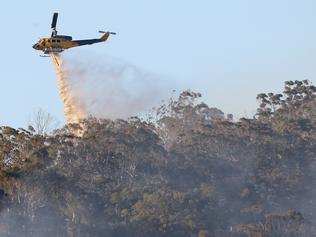
Fitzsimmons, a former mechanic who began his current career volunteering with Duffy’s Forest Brigade in 1985, says we’ve only seen a hint of the fiery conditions to come.
“Last week firefighters responded to 612 bush or grass fires that burnt 21,239ha, including three watch-and-act fires that threatened homes in Kempsey, Port Macquarie and Port Stephens,” he says.
Yesterday there were79 active bush and grass fires burning across the state.
Firefighters have been busy undertaking hazard reduction burns in the lead up to the bushfire season and residents have been told to safeguard their properties or face the consequences.
Nine local government areas (LGAs) — all potential hot spots — have begun the bushfire danger period a month earlier than normal.
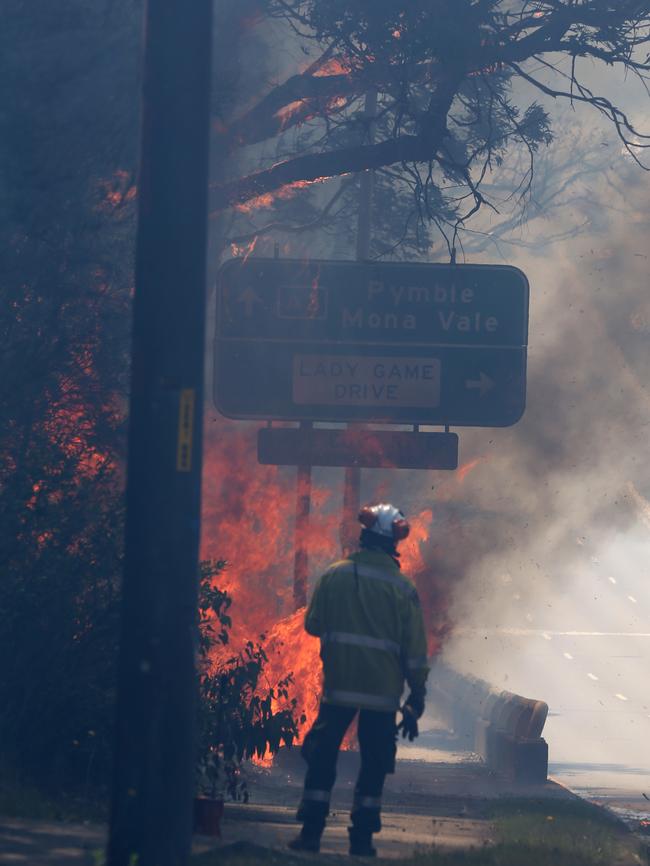
The Warrumbungle, Gilgandra, Mid-Western Regional Council, Port Macquarie-Hastings, Mid-Coast, Bathurst, Oberon, Lithgow and Blue Mountains LGAs began their BFDP last Friday.
These nine LGAs are in addition to the 19 LGAs and six LGAs that permanently begin the warning system on September 1 and August 1 respectively due to local climatic conditions.
The state’s remaining 95 LGAs will begin the statutory BFDP on Sunday, October 1.
Anyone wishing to light a fire during the danger period must obtain a permit from their local Fire Control Centre.
According to Bureau of Meterology climatologist David Jones Australia has had its ninth driest winter on record, making for “a warm and dry lead into the fire season”.
A report collated by the Bureau, the Australian Fire and Emergency Services Council and NSW Parks and Wildlife Service adds that below average winter rain and unseasonably warm temperatures have created forest fuels with higher than average fire potential.
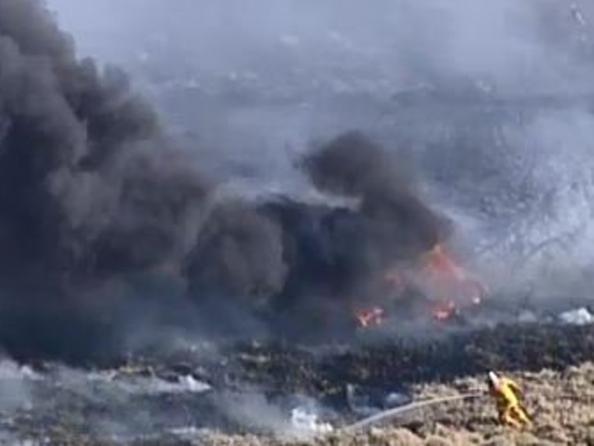
The bushfire outlook, released this week, expects higher than normal fire activity throughout the season.
The bushfire outlook is used by fire authorities to make strategic decisions on resource planning and fire management for the upcoming season.
“You’ll see the red area is very much concentrated around our forested country. NSW is about 80 million hectares, and we have about 20 million hectares designated as bushfire-prone land,” says Mr Fitzsimmons.
“You will find that the majority of that 20 to 30 million hectares of bushfire-prone land is what is indicated as being above normal potential as we head into this fire season.”
The outlook says NSW and southern parts of Queensland remain unusually dry and the lack of winter rain increases the fire risk this spring and summer.
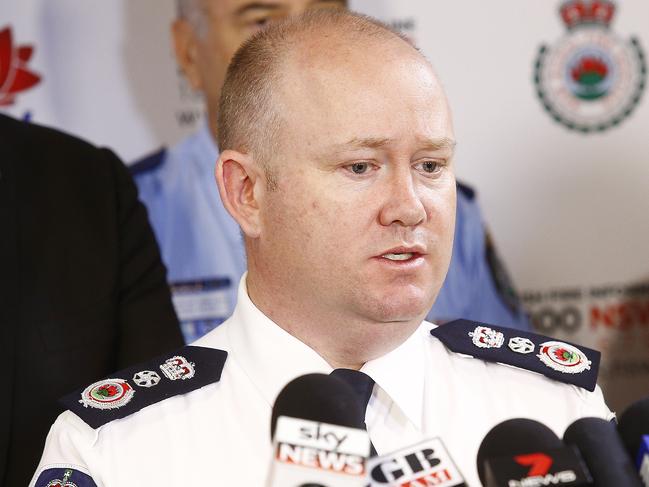
Large areas have experienced their hottest June to August daytime temperatures on record.
The dry state of vegetation means warm, windy conditions are likely to see a more elevated fire risk than is normal for the time of year.
The rainfall outlook through to November suggests drier conditions and, in the case of the southwest of the state, less chance of receiving above average rainfall.
Maximum temperatures have been warmer than average over the past three months, pre-conditioning fuels to be more susceptible to fire.
In the case of forests, this dries the fine fuels, and in the case of grasslands, frosts cause grass to cure early.
Conditions have not been comparable since 2013.
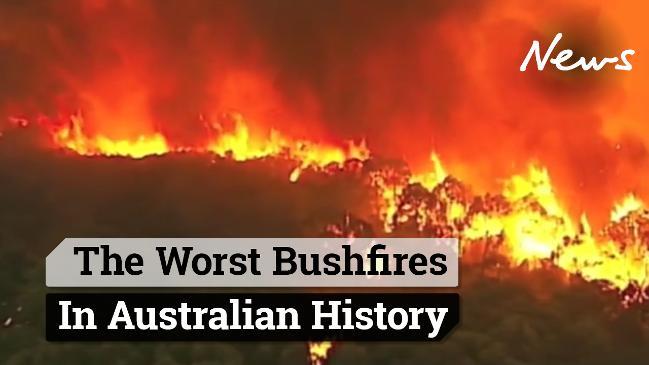
This week Emergency Services Minister Troy Grant welcomed the state’s heavy firefighting artillery to Sydney, the air tanker C-130 Hercules “Thor” from RAAF Richmond, saying it was timely.
“This aircraft can dump 15,000 litres of water or fire retardant at a time and will be used for direct attacks on both bush and grass fires to create containment lines, and to provide urban interface protection,” he said.
“A DC-10 very large air tanker will also return to NSW in November. Some $38 million has been allocated over the next four years for the use of these massive aircraft, highlighting this government’s commitment to the protection of lives and property across NSW.”
Deputy RFS commissioner Rob Rogers says Thor returns as one of more than 100 firefighting aircraft available for use during the fire season in NSW.
“These aircraft are an important asset in our firefighting toolbox,” Mr Rogers says. “They complement the broader aerial fleet and the hardworking firefighters on the ground.”
While neighbouring Victoria’s fire services use drones in their aerial arsenal to help detect and contain bushfires, an RFS spokesman says there are no plans to use them in NSW.
RFS helicopters are fitted with thermal cameras that can determine the ferocity of a fire and detect whether or not trees or buildings still contain heat and pose a further risk.
Meanwhile, people with respiratory conditions, particularly asthmatics, who are vulnerable to the effects of air pollution and excessive smoke during bushfires and hazard reduction burns, have been warned to stay indoors and close windows.
NSW Health environmental health director Ben Scalley says: “Smoke may aggravate existing heart and lung conditions and cause irritated eyes, coughing and wheezing.”
Firefighter Climate Alliance spokesman Jim Casey summed it up: “Firefighters are starting the season already behind the eight ball.”
• For details on preparing for the bushfire season visit www.myfireplan.com.au.

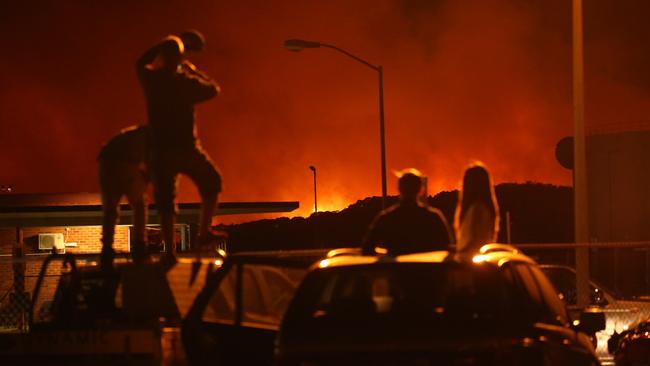
Here’s what you can expect with tomorrow’s Parramatta weather
As summer moves towards autumn what can locals expect tomorrow? We have the latest word from the Weather Bureau.
Here’s what you can expect with tomorrow’s Parramatta weather
As summer moves towards autumn what can locals expect tomorrow? We have the latest word from the Weather Bureau.